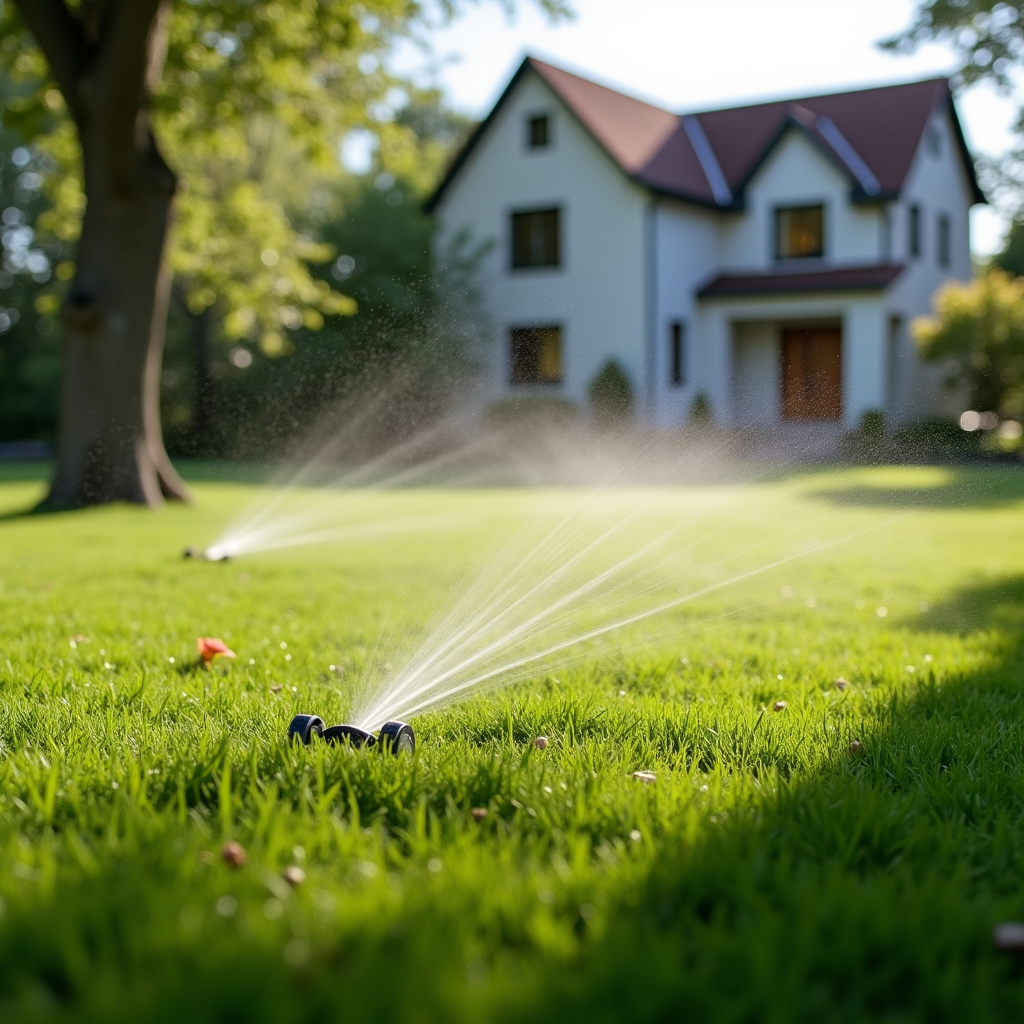Introduction
When it comes to landscape design, there’s a world of possibilities. Our gardens can be vibrant canvases that change with the seasons, reflecting nature's rhythms and our personal tastes. Whether you're a seasoned gardener or a novice, understanding how to adapt your garden year-round is crucial for creating a space that not only looks stunning but thrives through every season.
In this comprehensive guide, we’ll explore the intricacies of designing landscapes that adapt beautifully to seasonal changes. We’ll delve into practical tips, creative ideas, and expert advice on how to transform your garden from spring blooms to winter wonders. Grab your gardening gloves; https://telegra.ph/Transform-Your-Garden-with-Stunning-Outdoor-Lighting-Ideas-02-28 it's time to get inspired!
Understanding Seasonal Changes in Landscape Design
What Are Seasonal Changes in Landscape Design?
Seasonal changes in landscape design refer to the modifications made in gardens and outdoor spaces according to the different seasons—spring, summer, fall, and winter. Each season brings its own set of colors, textures, and plants that can enhance your garden's aesthetic appeal.
Why Adapt Your Garden Year-Round?
Adapting your garden throughout the year is essential for maintaining its health and vibrancy. Different seasons provide unique opportunities for growth and display. By understanding these cycles, you can ensure your garden remains lively and inviting regardless of the month.
The Role of Climate in Seasonal Landscape Design
Climate plays a significant role in how you approach designing landscapes. Understanding local climate conditions helps determine which plants thrive during specific seasons. For instance, Mediterranean climates allow for drought-resistant plants during summer while temperate regions may require seasonal flowers that last through frost.
Spring: Awakening Your Garden
Preparing Your Garden for Spring
As winter fades away, spring invites us to awaken our gardens from their slumber. Preparation involves cleaning up debris, pruning dead branches, and evaluating soil health.
Key Tasks for Spring Preparation:
Soil Testing: Test pH levels and nutrient content. Debris Removal: Clear leaves, twigs, and weeds. Pruning: Trim overgrown shrubs and trees. Fertilizing: Add compost or fertilizers as necessary.Choosing Spring Flowers
Spring is synonymous with renewal and color! It's time to choose vibrant spring flowers that will bloom beautifully.
Top Spring Flower Choices:
- Tulips Daffodils Hyacinths Primroses
Designing Spring Pathways
Creating pathways using gravel or mulch can enhance your landscape's visual appeal while providing practical access throughout the garden.
Incorporating Seasonal Features
Add seasonal features such as birdhouses or butterfly gardens to attract wildlife during spring when nature comes alive.
Summer: Embracing Brightness
Summer Plant Care
During summer months, maintaining plant health becomes paramount due to heat stress and potential droughts.
Summer Care Tips:
Water deeply but infrequently. Apply mulch around plants. Deadhead spent flowers for continual blooms.Tropical Plants for Summer Vibes
Consider incorporating tropical plants like hibiscus or bougainvillea for an exotic summer feel.
Creating Shade Areas
Designing shaded areas with pergolas or shade sails can offer respite from the summer sun while adding stylish elements to your landscape design.
Autumn: A Colorful Transition
Preparing Your Garden for Fall
As autumn arrives, it's time to prepare for cooler temperatures by updating your landscape design accordingly.
Autumn Preparation Steps:
Rake fallen leaves regularly. Plant fall bulbs like tulips or crocuses. Compost organic matter from your garden cleanup.Embracing Warm Fall Colors
Use warm-toned foliage plants like maples or ornamental grasses that showcase beautiful autumn hues while creating visual interest in your landscape design.
Decorating with Pumpkins
Incorporate pumpkins or gourds into your flowerbeds as natural decorations reflecting the autumn spirit!
Winter: Finding Beauty in Dormancy
Winter Landscape Maintenance
Though it may seem like nothing is happening outside during winter months, maintenance is key!
Essential Winter Care Tips:
Protect tender perennials with mulch. Keep pathways clear of snow/ice. Inspect trees/shrubs for damage after storms.Winter Interest Plants
Select evergreen plants like hollies or pines that maintain color throughout winter months while providing structure within your garden design.
The Importance of Year-Round Planning
How Planning Enhances Seasonal Changes
A well-thought-out plan allows you to transition smoothly between seasons without losing visual appeal in any part of your landscape design.

Steps for Effective Year-Round Planning:
Choose perennial plants that bloom at different times. Design your garden layout considering seasonal shifts. Create focal points that draw attention all year long (e.g., sculptures).Sustainable Practices in Seasonal Landscape Design
Eco-Friendly Landscaping Techniques
Embracing sustainable practices not only benefits the environment but enhances the overall health of your garden across seasons!
Sustainable Ideas Include:
- Native plant selection Rainwater harvesting systems Organic pest control methods
Frequently Asked Questions (FAQs)
What are some easy-to-maintain plants for year-round landscaping?- Consider choosing hardy perennials such as daylilies or hostas which require less maintenance across seasons!
- Use mulch around plant bases & cover delicate species with burlap or protective fabrics when necessary!
- Yes! Select various flowering perennials designed specifically for each season's blooming periods!
- Think about accessibility & aesthetics; use materials like stones/gravel which suit both needs well while allowing drainage!
- Water deeply once a week instead of frequent shallow watering – this encourages stronger root growth!
- Not at all! As long as the ground isn’t frozen yet; get those bulbs planted before winter sets in!
Conclusion
Navigating through seasonal changes in landscape design can feel daunting initially; however, by breaking down each season’s needs into manageable tasks combined with thoughtful planning strategies—your dream garden awaits! Remember that adapting doesn’t just mean modifying appearances; it involves nurturing life itself within those spaces we call home outdoors.
So go ahead—embrace those seasonal shifts creatively! With proper care & a decorative touch here & there along with eco-friendly practices—who knows what beauty you could cultivate next? Happy gardening!